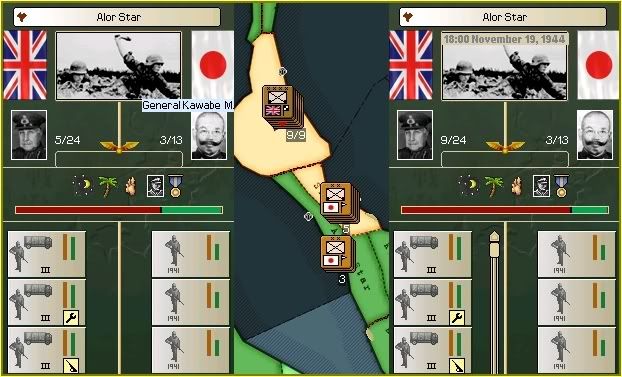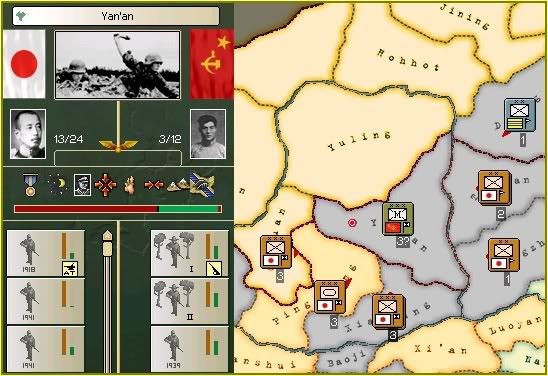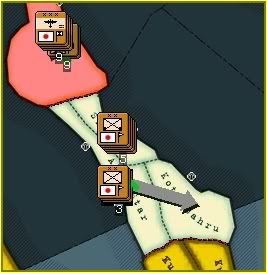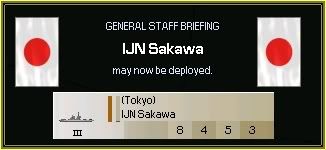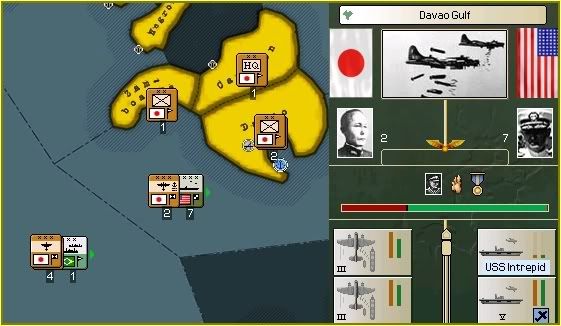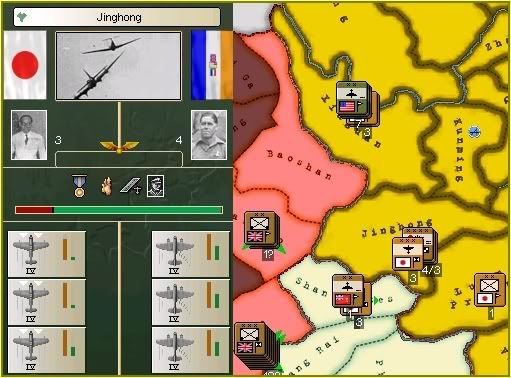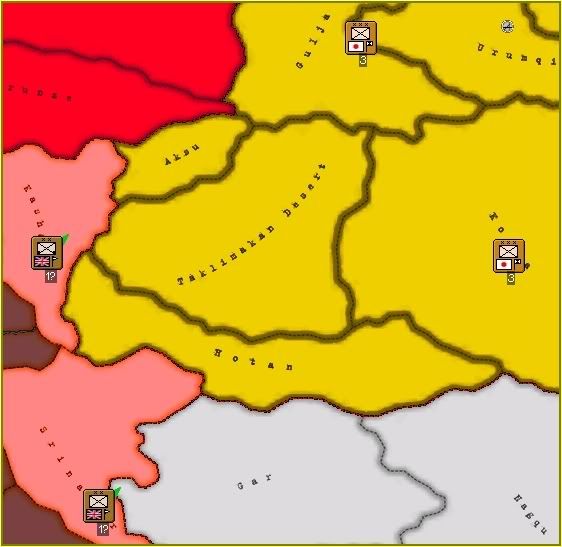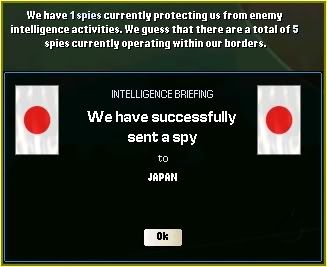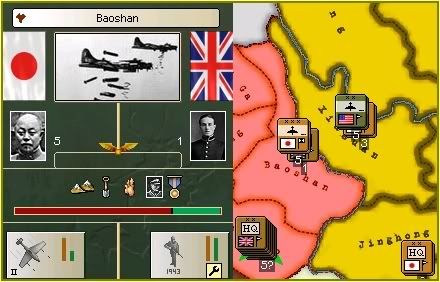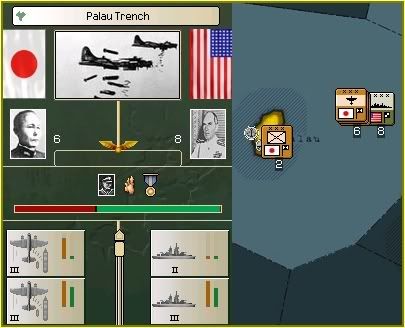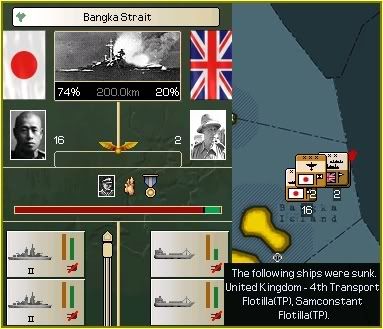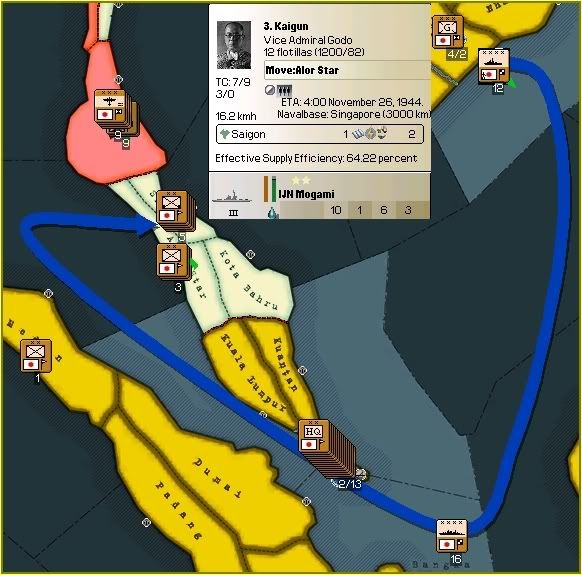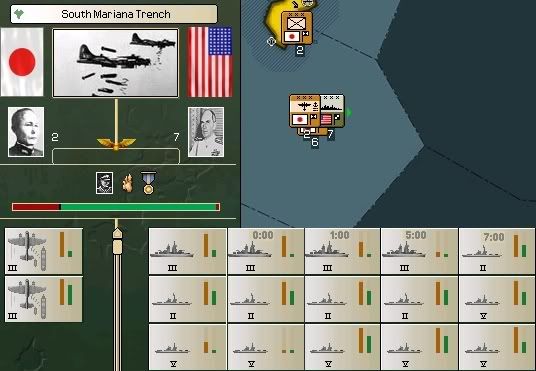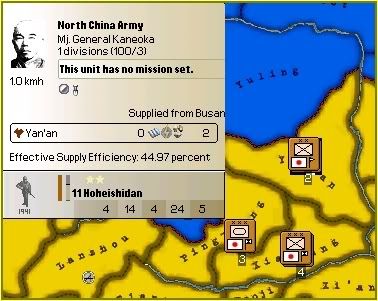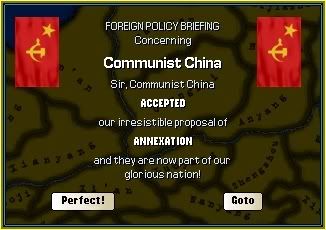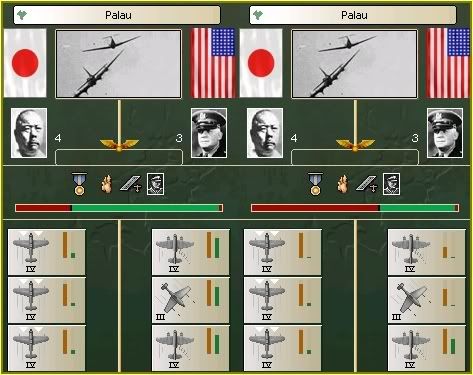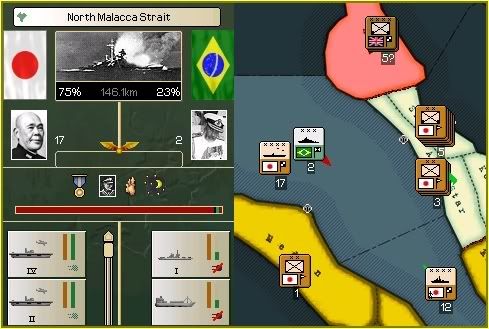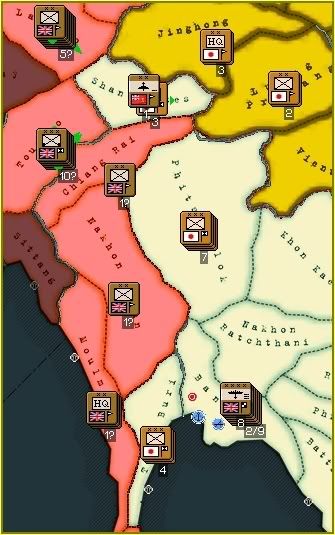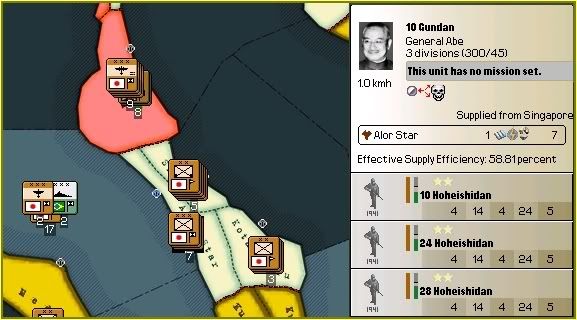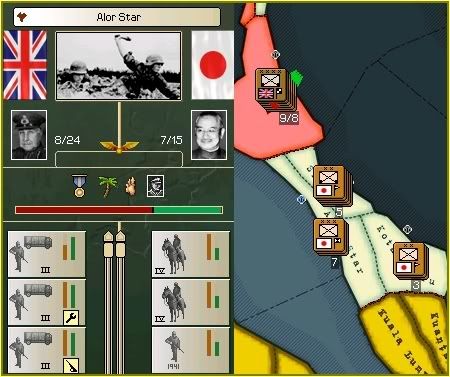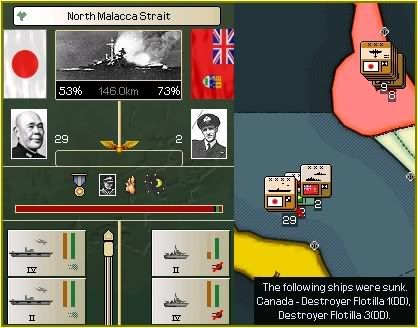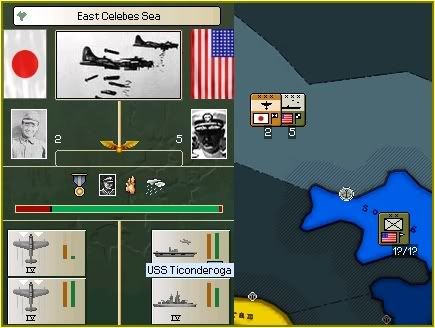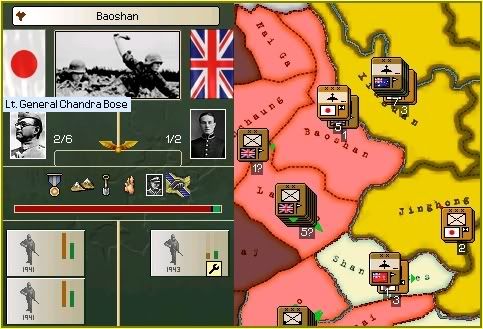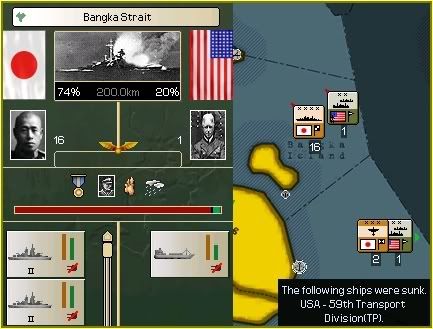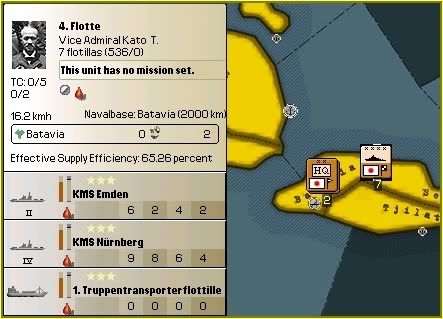Slaying the Dragon
6
1600 November 19th 1944.
North China Army Headquarters. Jinghong, China.
More British troops had flooded into Kra causing a problem for Higashikuni. His redeploying troops were heading further north and there were only a limited number of troops on the immediate border with Kra. There were several divisions in Singapore but these were scheduled for another operation, Higashikuni would need to find other troops to strengthen the south.
As if to prove the point Field Marshal Wilson launched an attack against Alor Star, defended by General Kawabe who had only just arrived after withdrawing from Kra. Higashikuni had some hope of a successful defence initially but the situation worsened at 1800 hours when more British troops arrived. He would wait for daylight to see how the situation developed before giving any orders to Kawabe.
At 2200 hours Japanese troops arrived in Xianyang in Communist China which forced the three retreating Chinese divisions to defend Yan'an for a second time or perish. The Japanese forces in the area were still strong enough to defeat the Chinese and they were captured after an eight hour battle. There were no Chinese troops left to defend their Nation which would allow Higashikuni to begin to redeploy the last troops from central China to the front line, after they had recovered from the battle.
The arrival of daylight forced Kawabe to withdraw from Alor Star. He headed east towards Kota Bahru leaving a hole in the Japanese southern lines.
0000 November 20th 1944.
BB Division 1 Flagship. IJN Yamashiro, Gaspar Strait.
The final ship currently under construction left the shipyards on time and after conducting successful sea trials joined the repairing fleet in Tokyo.
The Light Cruiser IJN Sakawa was by no means modern but the Imperial Japanese Navy needed all the escorts she could muster.
The attacks against Admiral English and his Carrier fleet was still ongoing as it transitted the Celebes Sea from east to west.
By 0700 hours on November 20th Ozawa's Naval bombers as well as other aircraft had forced English to turn his fleet around and head back towards American controlled waters.
His decision would be too late to save the USS Intrepid which sank in the Davao Gulf.
0100 November 21st 1944.
North China Army Headquarters. Jinghong, China.
No further British troops had managed to enter Baoshan which allowed the interceptors to fly while the bombers rested.
Lt. General Yasuda found some South African Tactical bombers to attack which were lacking the greater aerial firepower of the Strategic bombers. He would pursuade them to stop bombing for several days but there were still many other Allied aircraft also bombing Japanese troops in the region. All of these troops were very well entrenched in mountainous terrain and were almost indifferent to the bombs being dropped on them.
The situation in north western China went from no defence to solid defence as Generals Anami and Itagaki arrived in their respective defensive positions and began to dig in. The British would need a much more substantial force than was currently advancing if they wished to penetrate this area.
2100 November 21st 1944.
BB Division 1 Flagship. IJN Yamashiro, Gaspar Strait.
Admiral English could well have reported the whereabouts of Japanese Naval bombers as he was being attacked, which probably meant that Admiral Leahy was confident of not meeting them as he entered the Palau Trench.
Yamamoto had already ordered Ozawa back to Palau to continue to hunt for the remaining Carrier. Admiral Leahy and his two Battleships, USS Mississippi and USS West Virginia, were about to discover that Ozawa was a lot closer than he would like.



